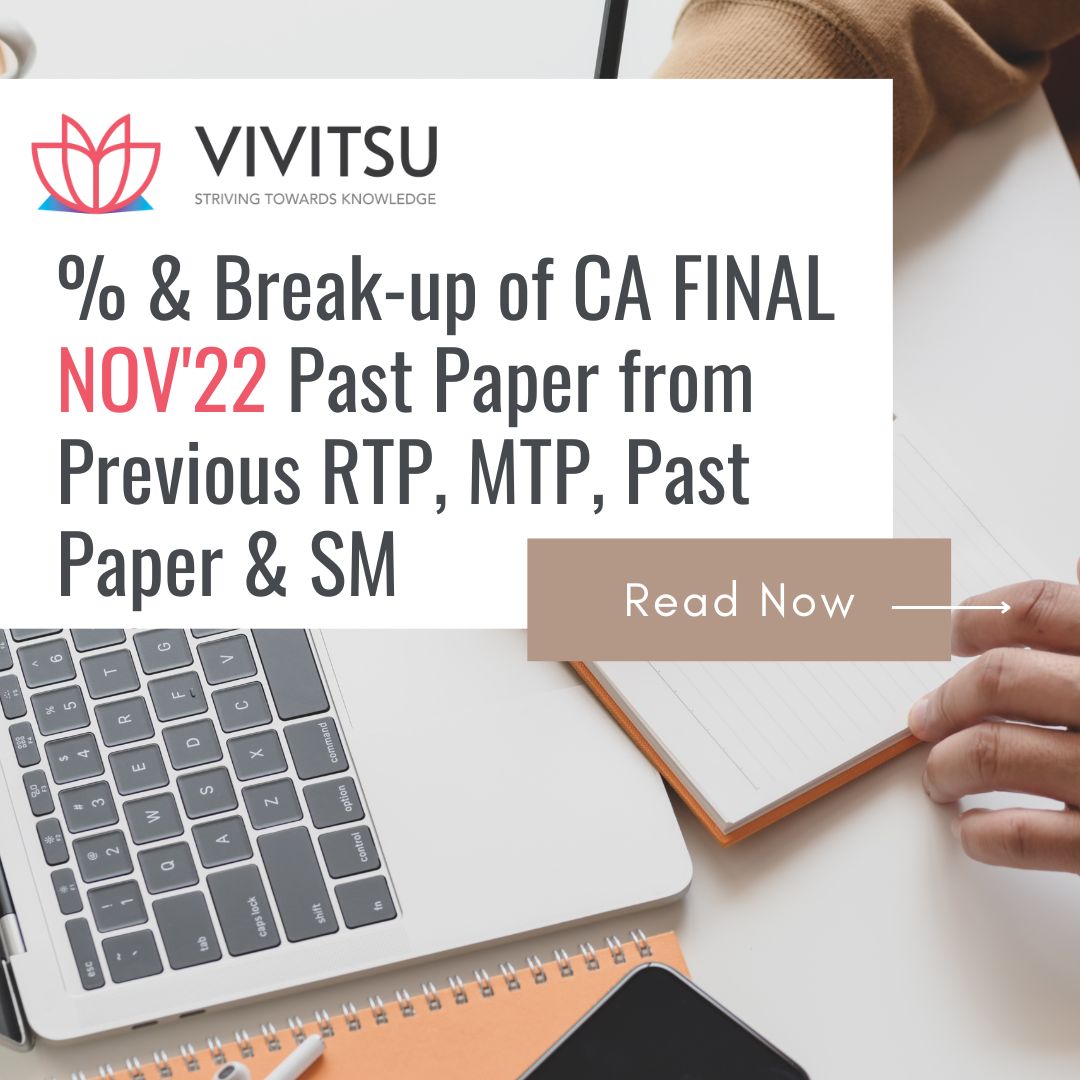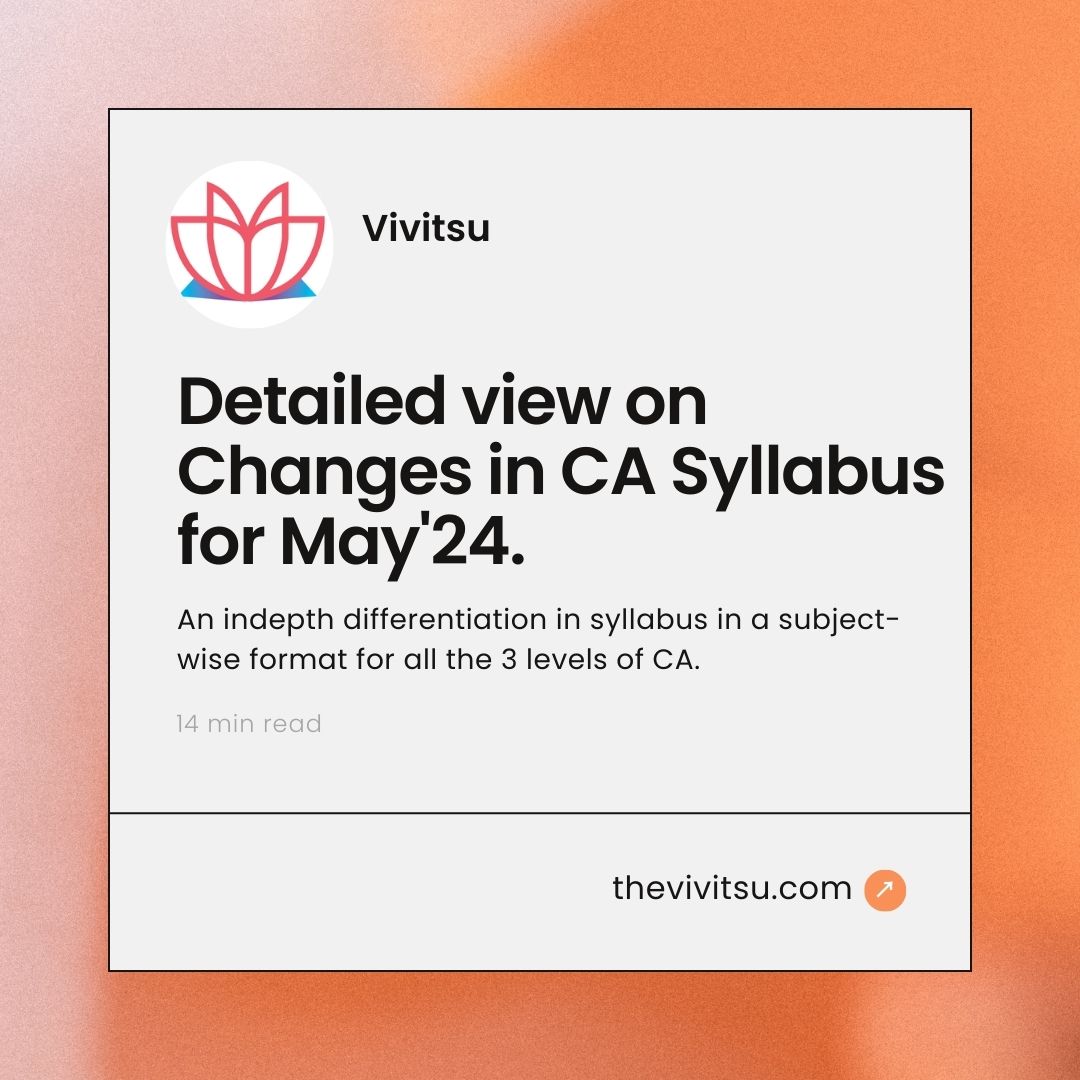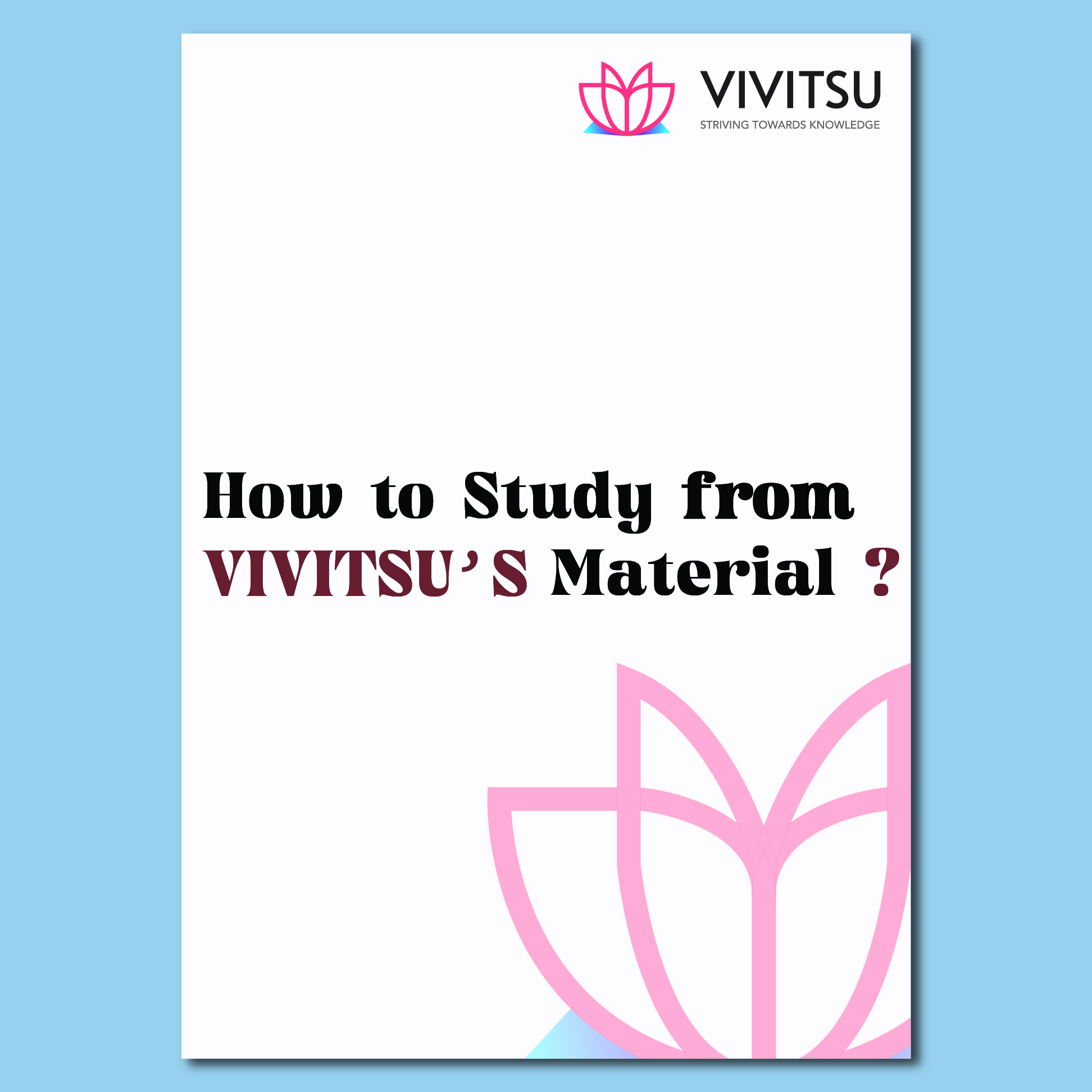Indirect Tax Laws
- CA Khushi Shah . 1104+ Reads
How to study the Most Asked Chapters?
In Paper 8 there are a few important tips and types of questions you must practice which will help you pass the exam with flying colors. The best practice material is RTP, MTP and Past Papers as the questions are drafted in the same way as your examinations.
Here is a list of the Chapters in Paper 8- Indirect Tax Laws-
Value of Supply- 18 marks
- This chapter is usually asked in combination with Input Tax Credit, Payment of Tax and Exemptions under GST.
- Standalone Exemptions under GST questions are not usually asked but in 90 percent of Value of Supply questions knowing which services are exempt is very important.
- How to reach the value of supply or which section or rule is applicable can be easily understood if a flowchart of this chapter is made while studying. Will help in quick revision as well.
- This chapter is about practicing maximum questions rather than theory. Solve as many different types as possible of questions you can to master all the permutation combinations
- Important subtopics in this chapter are:
- Inclusions in Value of Supply
- Whether discount is deducted from Value of Supply
- Rules of Value of Supply
Valuation Under Customs- 8 marks
- This is the only Chapter in Customs Section of IDT which is without fail always asked in the examination.
- Study this chapter thoroughly. The portion is small, but the question asked in the paper are of high weightage. Hence getting this chapter is easy marks.
- Practice. In this chapter also solving maximum different adjustment questions is the key. You can refer to Past Papers or RTPs so you understand what kind of questions can be asked in the exams.
- Along with this chapter, the Customs Act chapter of Baggage claim and Different types of Duty will cover your 80% of Customs Act portion. Hence as compared to 70 marks of GST, 30 marks allotted to Customs takes less time to cover.
Payment of Tax- 5 marks
- This chapter falls under principal conceptual category. This chapter forms part of many questions and is asked as a standalone question as well.
- Set off under various major and minor heads (CGST, SGST & IGST) is very important. This concept should be understood completely.
- The following types of questions are asked frequently in exams-
- Set off of tax, interest and penalty of CGST, SGST & IGST
- Electronic Cash & Credit Ledger
- TCS on e-commerce operators
Offences & Penalties- 6 marks
- There are regular amendments in this chapter as this is a chapter in which rates and dates are very important. Hence see to it that you study and practice from the latest amended content. As even a small mistake in rates or dates can make you lose marks unnecessarily.
- A table or reference chart for nature of penalty and the consequence should be made while studying. This will help in quick reference and in revision.
- Penalties for various offences form part of other chapters as well. Only the important once usually asked in the exam should be memorized. You can refer to past papers, MTPs and RTPs to see which penalties are usually asked.
Input Tax Credit- 12 marks
- This chapter can be quite confusing and difficult to understand. Lectures covering the concepts clearly should be watched.
- This chapter is either asked as a standalone question or as a combined question with Value of Supply and or payment of Tax.
- Understanding Blocked credit is very important as maximum questions are asked with at least one adjustment related to it.
- Important questions from this chapter-
- ITC on capital goods
- Blocked Credit
- ITC on partially exempt supply
Hope this blog helps you in studying for CA Final.



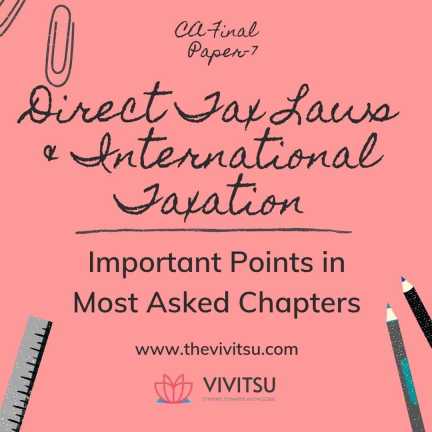
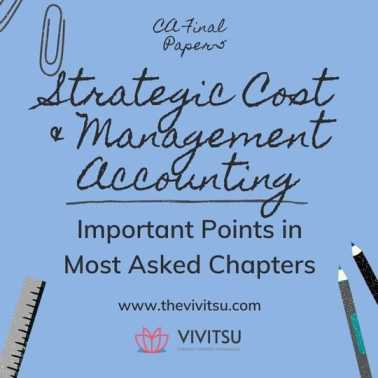
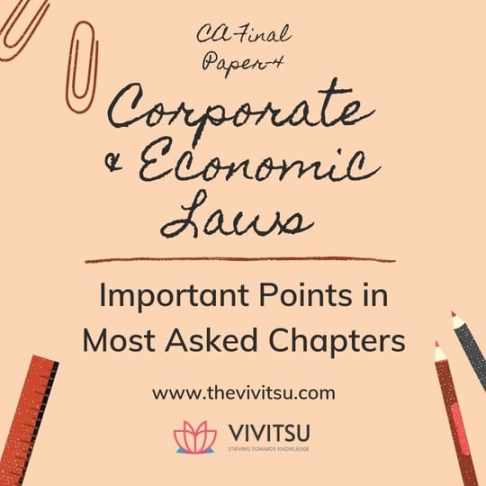
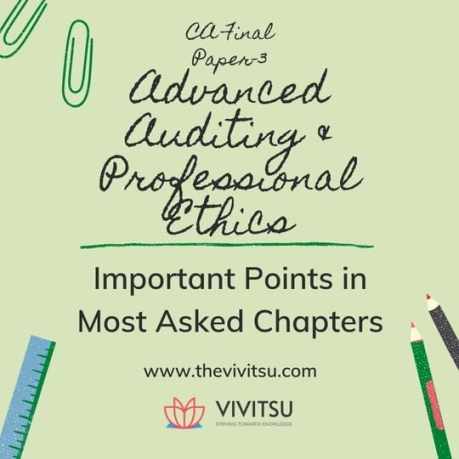
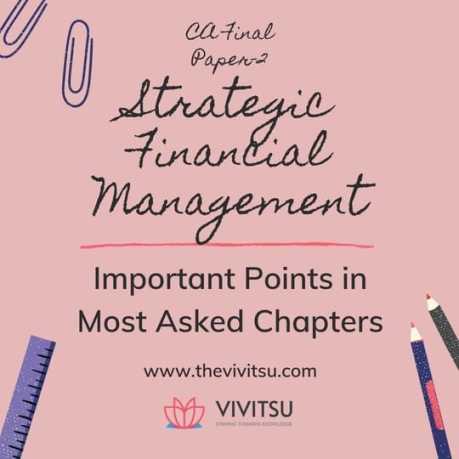
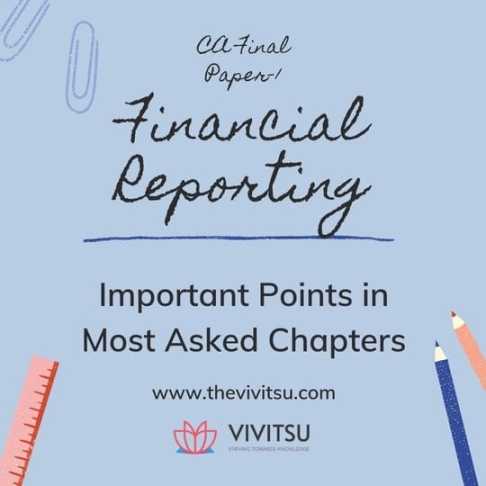
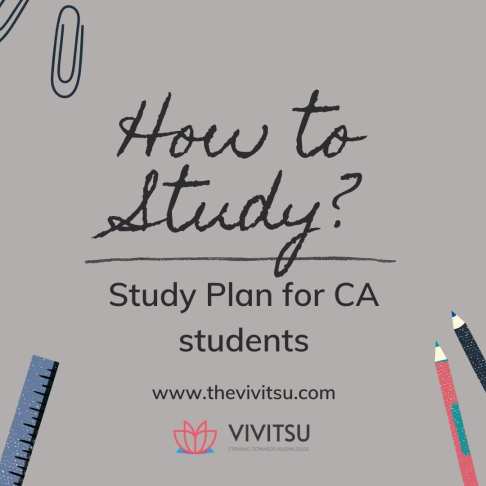





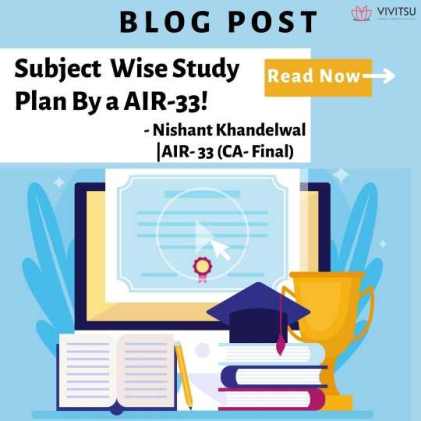

.jpg)





